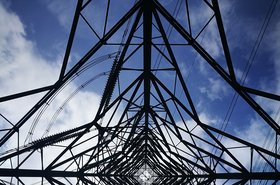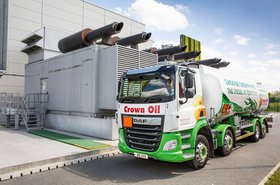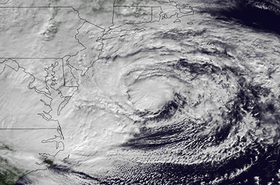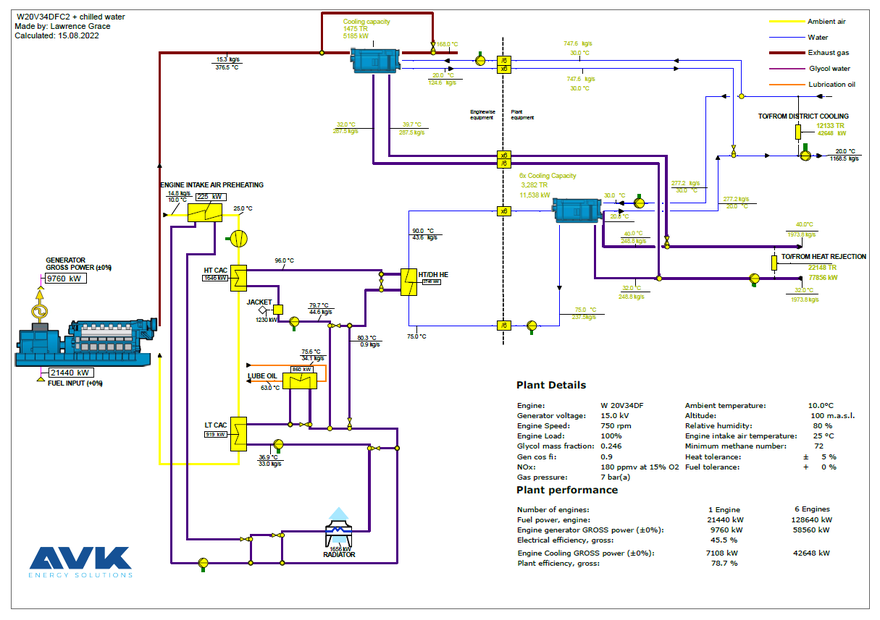The future of a resilient data center power supply across Europe is a complex issue that requires a collaborative approach from multiple stakeholders.
The power requirements of these facilities are significant, and with the rapid growth in the number of data centers predicted, the pressure on the electrical grid is expected to increase exponentially over the next decade.
This growth, coupled with the constraints of the ageing electrical grid across much of Europe highlights the need for innovative solutions to meet the energy needs of data centers to begin being deployed today in readiness for the future.
One of the key solutions to meet the increasing power needs of data centers is to improve the energy efficiency of the facilities themselves. This can be achieved by using more efficient servers, cooling systems, and other OME equipment.
Additionally, data centers can also reduce their power consumption by using virtualization and cloud computing technologies, which allow multiple servers to share the same physical resources. This not only reduces the amount of energy required to run the data center, but it also reduces the amount of physical space required which can offer a significant cost saving.
Another solution to meet demand would be to expand the transmission infrastructure to connect new renewable energy sources to the grid itself.
This would allow data centers to tap into the increasing supply of renewable energy and also reduce their reliance on fossil fuels. This would also help to reduce the carbon footprint of the data centers, which is an important consideration given the strict sustainability targets many operators work under.
However, this is a slow process and requires huge infrastructure investment at a national if not pan-European level and is naturally a long-term transitional process.
In the interim, on-site generation is a viable solution to meet the power demands of data centers. On-site generation not only reduces the reliance on the grid but also provides data centers with a reliable source of power, which is obviously important in the event of power outages.
Self-generation power plants for data centers are becoming an increasingly popular solution as these power plants are designed to generate electricity on-site, rather than relying on the electrical grid – ideal for regions with restrictions or unreliable supply.
On-site generation can even go one step further, and actively supply any excess power generated back into the grid in support of the local network rather than posing as an additional burden.
Finally, dual-fuel power plants are another innovative solution for data centers in areas with constrained or no grid supply.
Building on the idea of self-generation, these power plants can run on a variety of fuels, including natural gas, propane, hydrogen and even biofuels, making them highly adaptable to different environments. They can also replace conventional diesel backup generators, saving space, capital expenditure and reducing potential carbon emissions and footprint of a data center.
An additional benefit of dual-fuel power plants is their ability to provide energy-efficient cooling for data centers through tri-generation; a process in which the waste heat produced by the combustion of fuel in the power plant is used to generate electricity, heat, and cooling.
This results in a combined energy efficiency of more than 80 percent, making dual-fuel power plants a highly efficient option for cooling in a typical data center.
The cooling systems are required to keep the servers and other equipment at optimal temperatures to prevent overheating and ensure smooth operations, but often consume a significant amount of energy and can account for up to 40 percent of the total energy consumption.
With tri-generation, the waste heat produced by the combustion of fuel in the power plant is used to drive a heat recovery chiller, which in turn generates chilled water used to cool the data center.
The waste heat can also be used to provide hot water for heating the data center, and it can even be used for space heating in the surrounding buildings. This results in a highly efficient use of energy and reduces the need for separate cooling, heating, and power systems and increasing overall energy efficiency.
The tri-generation process in dual-fuel power plants not only increases overall energy efficiency, but also reduces the carbon emissions and environmental footprint of data centers as tri-generation is incredibly efficient compared to powering and cooling separately.
In addition, the on-site generation of electricity, heat, and cooling reduces the transmission losses and the carbon emissions associated with the long-distance transmission of energy to the site.
Meeting the energy needs of data centers in the future will require a combination of innovative solutions, including improved energy efficiency, expanded transmission infrastructure, on-site generation, and dual-fuel power plants.
By working with trusted industry experts and implementing these solutions now, data centers can ensure a reliable and sustainable power supply for now and the future.
More on critical power
-

Don't look to the past for tomorrow’s data center efficiencies
Vast improvements in data center power use are to be celebrated, but not expected
-

Plant-powered generators: switching data centers from diesel to HVO
Can backup generators switch to vegetable-based oil, and go green without compromising operations?
-

Bi-fuel generators: a good option for long-term backup power without refueling anxiety?
TRG opts for natural gas & diesel combo for backup generators to reduce ‘range anxiety’ in the face of hurricanes


